The whole world is moving to super-fast internet speeds with 5G or 6G technology, but in some remote areas of India, people are still stuck in the 2G era.
The telecommunications arm of Indian conglomerate Reliance Industries has launched a $12 feature phone that supports 4G mobile internet.
The low-cost phone is expected to bridge the mobile connectivity gap between rural and urban India by providing those without smartphones with a cheap way to move from 2G to 4G.
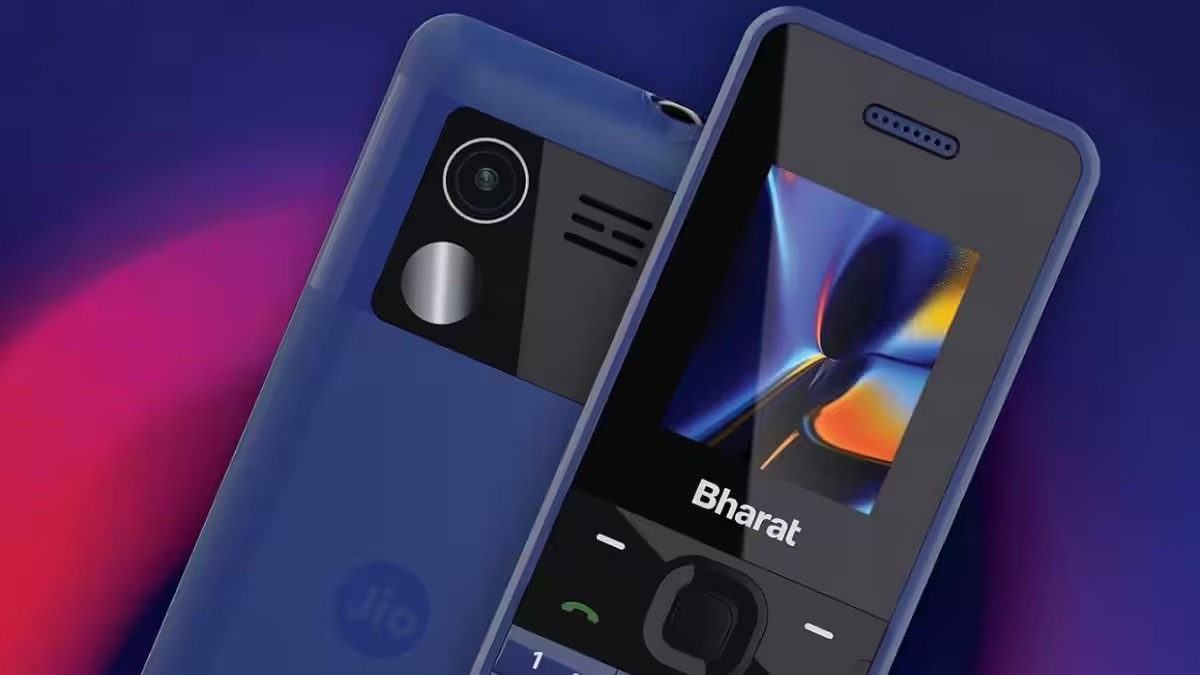
“There are over 250 million mobile phone users in India who are still stuck in the 2G era and cannot tap into the basic features of the internet at a time when the world is moving towards the 5G revolution,” said Reliance Jio chairman Akash Ambani.
The new device, called “Jio Bharat,” is a low-end phone for first-time internet users, with only basic features instead of being complicated by a huge app store like smartphones.
India is the world's second-largest smartphone market and has the potential to add 300 million new internet users, making it the fastest country to reach the unconnected, said Varun Mishra, senior analyst at Counterpoint Research.
“With a familiar design and added Internet connectivity, this device will help users experience digital payment services or digital content for the first time through Jio's ecosystem,” said Mishra.
Cheap "weapons", users benefit
Jio has an advantage over its competitors in the telecom space, such as Vodafone Idea (a partnership between Aditya Birla and Vodafone), Bhati Airtelas and BSNL. In addition to selling phones at extremely low prices, Jio's monthly plans are also very affordable.
The group claims its monthly plans are 30% cheaper than rivals while offering customers seven times more data.

For example, for just $1.50 (VND35,000), customers get unlimited voice calls and 14GB of data, compared to a $3 (~VND70,000) plan for voice calls with only 2GB of data.
According to Navkendar Singh from IDC, this is Jio's tactic to attract customers to use feature phones even though the company only offers 4G and 5G mobile services.
“Jio’s main goal is to attract more customers to the platform, then they can start cross-selling services,” Singh said, explaining that users can use the company’s payment or streaming services.
Reliance Jio also expects first-time internet users to upgrade to higher-end devices in the future. “After three to four years, customers are likely to opt for smartphones with more advanced features or other low-cost smart devices.”
Removing Internet Troughs Helps Make 5G Deployment “Smoother”
Data from IDC shows that India has the world's second-largest telecom industry with a total subscriber base of 1.17 billion as of September 2022.
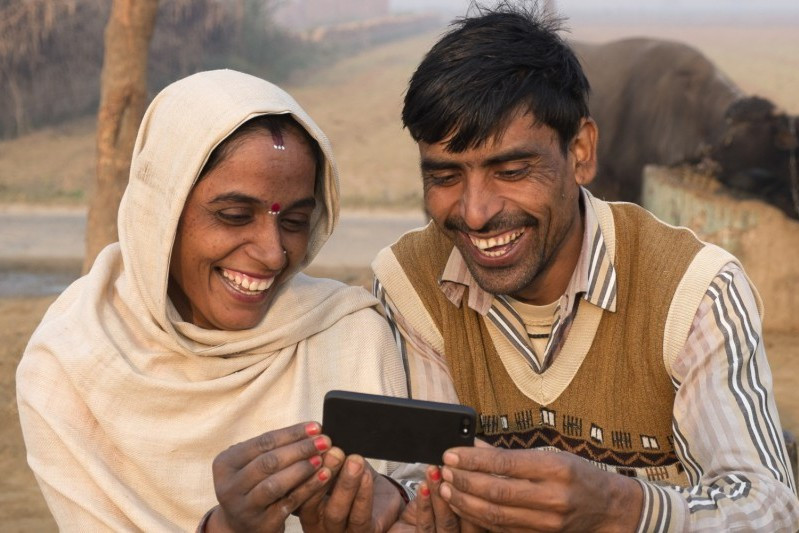
Nikhil Batra, research director at the market research firm, said that “the growth of the industry in the past few years has been largely driven by lower tariffs, availability of affordable smartphones,” as well as the entry of telecom services by groups like Reliance Jio, “which has expanded 4G coverage, driving higher data consumption among users.”
Meanwhile, India’s 5G rollout is “faster and smoother.” Counterpoint Research estimates that there are nearly 85 million 5G-enabled smartphone users in the South Asian country, with 5G handset market share reaching 32% by 2022.
Counterpoint Research says Jio will go pan-India by the end of this year, while “Vodafone Idea and BSNL are expected to join the 5G rollout by 2024.”
However, Batra explained that this figure mainly reflects the supply of smartphones as the demand for 5G phones in other countries like China and South Korea increased, leading to brands launching more 5G-enabled products in the market, while Indian users “have not really demanded this technology until now, their purchases are driven mainly by product availability.”
(According to CNBC)
Source


![[Photo] General Secretary concludes visit to Azerbaijan, departs for visit to Russian Federation](https://vphoto.vietnam.vn/thumb/1200x675/vietnam/resource/IMAGE/2025/5/8/7a135ad280314b66917ad278ce0e26fa)
![[Photo] General Secretary To Lam begins official visit to Russia and attends the 80th Anniversary of Victory over Fascism](https://vphoto.vietnam.vn/thumb/1200x675/vietnam/resource/IMAGE/2025/5/8/5d2566d7f67d4a1e9b88bc677831ec9d)
![[Photo] Prime Minister Pham Minh Chinh meets with the Policy Advisory Council on Private Economic Development](https://vphoto.vietnam.vn/thumb/1200x675/vietnam/resource/IMAGE/2025/5/8/387da60b85cc489ab2aed8442fc3b14a)
![[Photo] National Assembly Chairman Tran Thanh Man chairs the meeting of the Subcommittee on Documents of the First National Assembly Party Congress](https://vphoto.vietnam.vn/thumb/1200x675/vietnam/resource/IMAGE/2025/5/8/72b19a73d94a4affab411fd8c87f4f8d)

![[Photo] President Luong Cuong presents the decision to appoint Deputy Head of the Office of the President](https://vphoto.vietnam.vn/thumb/1200x675/vietnam/resource/IMAGE/2025/5/8/501f8ee192f3476ab9f7579c57b423ad)


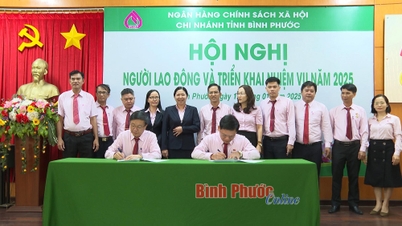




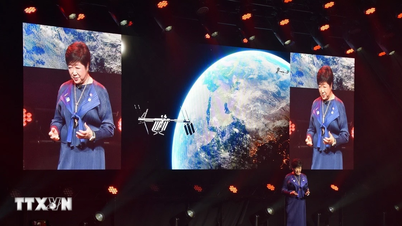
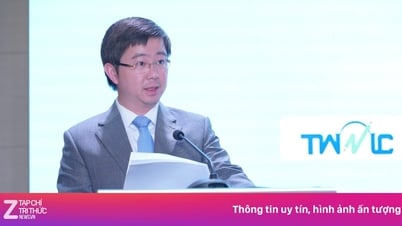
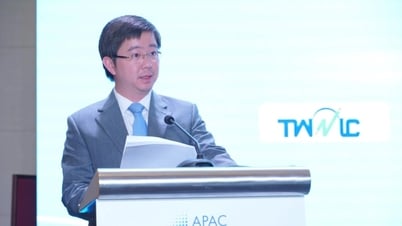
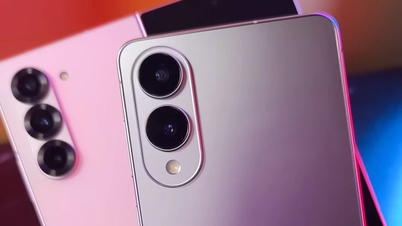

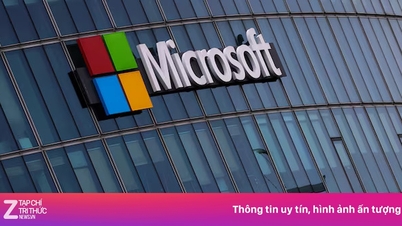







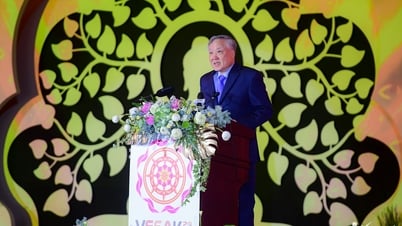



































![[Photo] Prime Minister Pham Minh Chinh talks on the phone with Singaporean Prime Minister Lawrence Wong](https://vphoto.vietnam.vn/thumb/402x226/vietnam/resource/IMAGE/2025/5/8/e2eab082d9bc4fc4a360b28fa0ab94de)
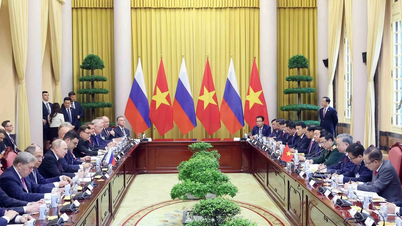














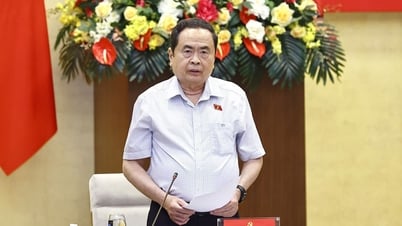

















Comment (0)